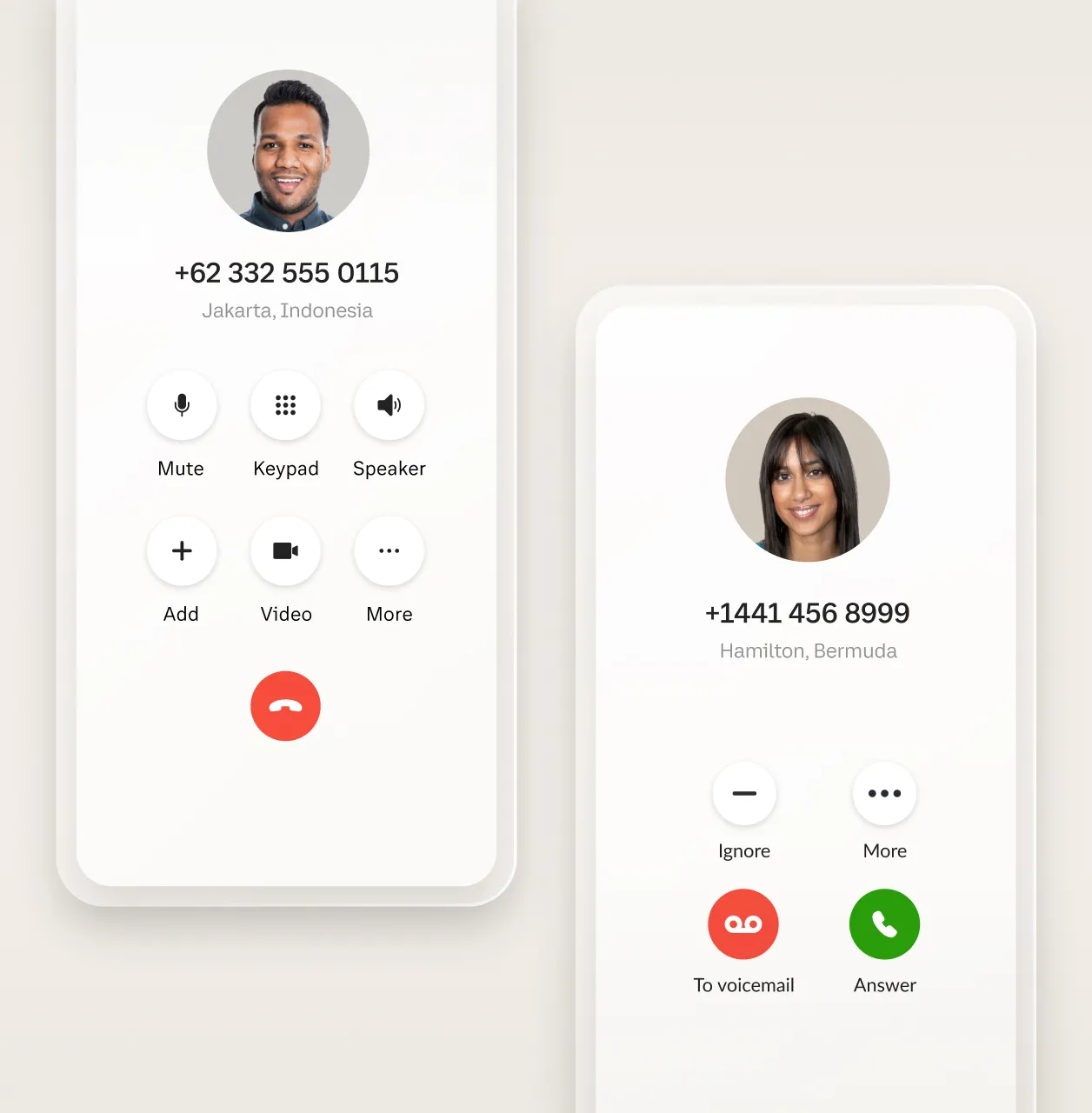Virtual meeting: The secret to remote work done right

What is a virtual meeting?

Definition and history
How it works

What are the different types of virtual meetings?
1. One-on-one video chats
2. Live training and webinars
3. Prospect and customer calls
4. Team meetings

Ready to work from home (or anywhere)?
What are the advantages of virtual meetings?
All you need to host or attend a virtual meeting is a computer or mobile device and an internet connection. This added flexibility allows employees to join meetings wherever they are, which translates to people being able to participate even when the weather’s bad or when they are away from the office. Online meetings also allow global teams to collaborate on projects requiring real-time discussions, brainstorming, and decision-making.
Reach new markets in different countries, qualify leads, and foster collaboration with sales teams—all without leaving your HQ. When meeting virtually (rather than with a phone call), sales can connect with prospects on a more personal level. Video lets you “put a face to a name” and adds context with visual cues. Plus, screen-sharing capabilities let sales transition to live demos on the spot rather than having to coordinate an in-person session.

What are the key features of RingCentral’s virtual meeting solution?
High-quality video and audio
Advanced meeting insights
Meeting room controls
Closed captioning and live transcription
Presentation options
Reduced distractions

What are some tips for running successful virtual meetings?

Virtual meeting dos for your remote team
Virtual meeting don'ts for your remote team
What can I do to elevate my presence in a virtual meeting?
- Make eye contact with meeting participants by looking at your webcam and not the screen.
- If there is background noise where you are, make sure to mute your microphone when you’re not speaking.
- For meetings with multiple people, use the hand-raising feature to avoid speaking over each other.
- Be sure to have proper lighting so that people can see you clearly.
- Avoid eating or drinking during the meeting.
- Be mindful of your volume and body language.
